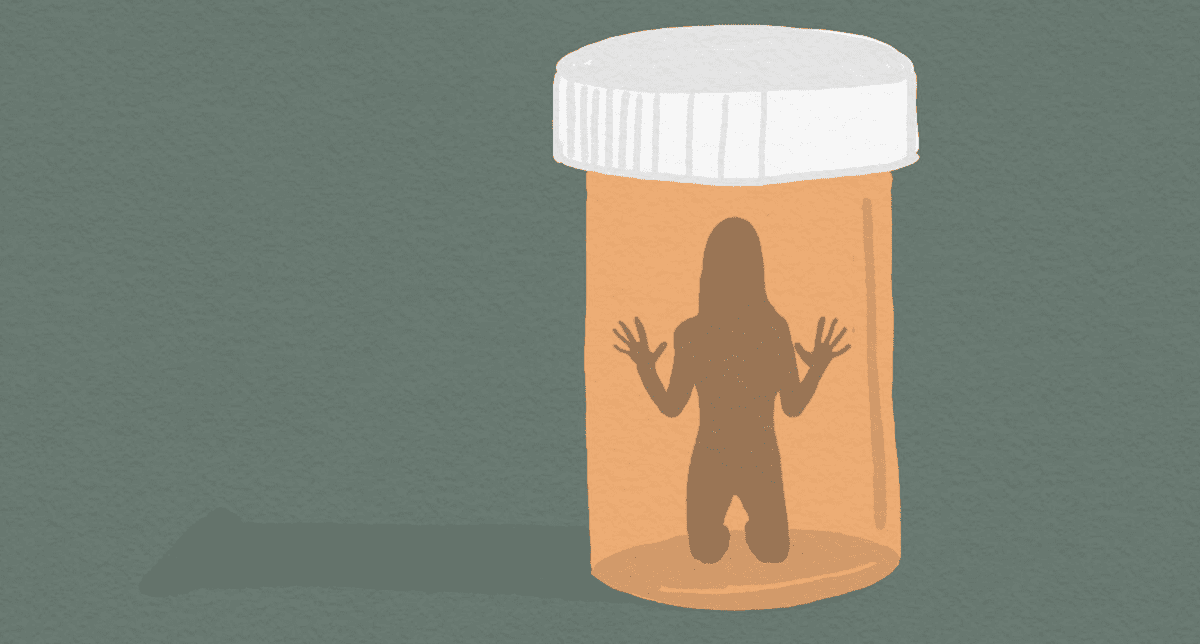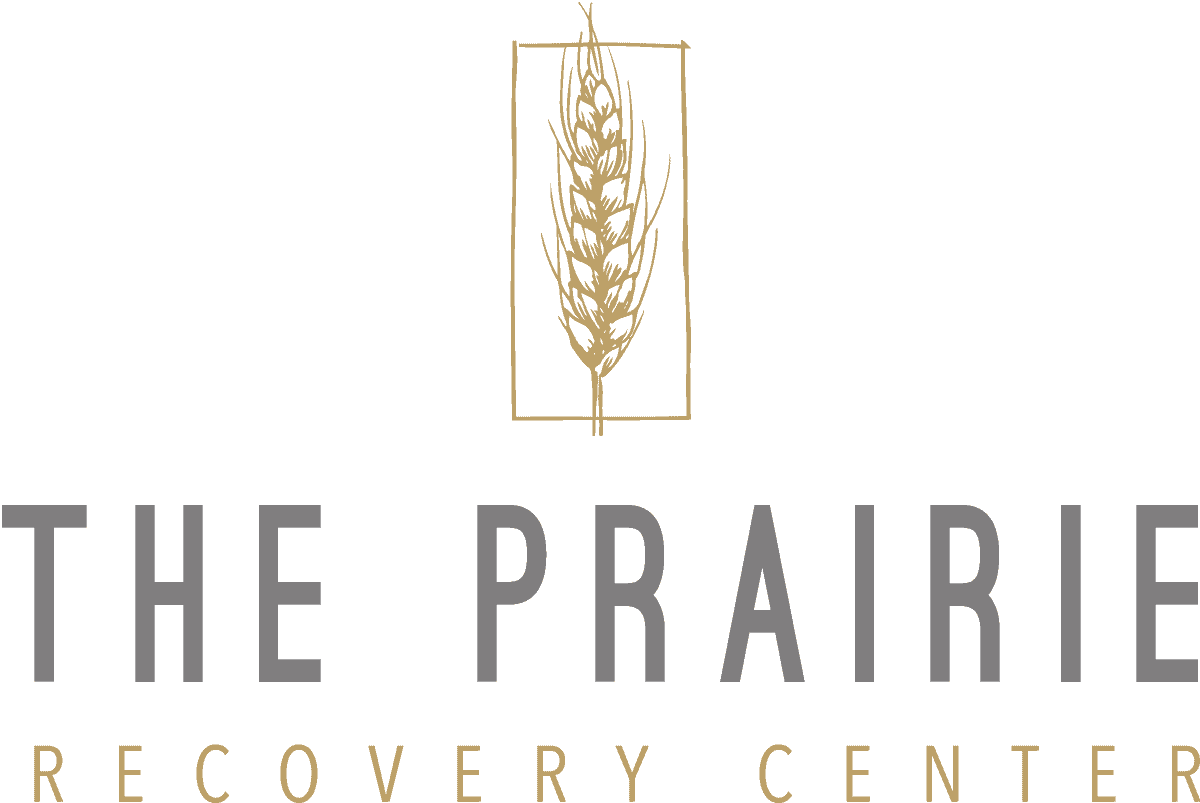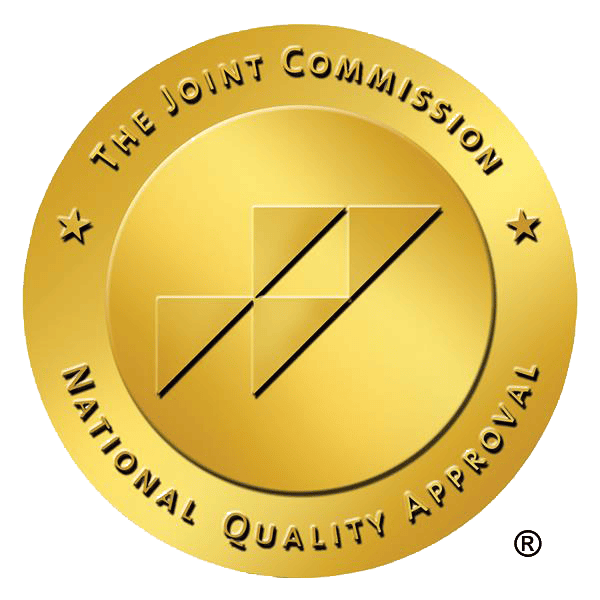In 2019, more than 50,000 people in the United States died from opioid-induced overdoses, the National Institute on Drug Abuse (NIDA) reports. The misuse of and addiction to opioids—including prescription pain relievers, heroin and synthetic opioids such as fentanyl—is a serious national crisis that affects public health as well as social and economic welfare.
How can we combat this at home? You can do more to help the opioid crisis than you might think.
HELP PREVENT THE MIS-USE OF OPIOIDS
Properly Store and Dispose of Medication
Half of young adults who misuse prescription opioids report getting them from friends and family members. Make sure medications are kept secure and out of the reach of children and guests. Consider storing them in a lock box versus openly in the medicine cabinet.
Keeping medications at home after they are no longer needed creates an unnecessary health risk. You can properly dispose of medication by checking the Food and Drug Administration website for collection sites or asking local pharmacies about the drop-off of unused medication for disposal.
KNOW YOUR TREATMENT OPTIONS
Advocate for Yourself and Ask for Non-Narcotic Alternatives to Pain Medications
If you are sick, injured or going through surgery, speak with your doctor about your options for pain management. Non-addictive painkillers, such as ibuprofen and acetaminophen, can be just as effective as prescription opioids at reducing certain types of pain. For most procedures, non-steroidal and anti-inflammatory medications are an effective means for pain control. If opioid medications are appropriate, work with your doctor to put together a pain plan in order to ensure you’re taking the appropriate dosage at all times.
Consider Medication Assisted Treatment
For those seeking assistance with opioid addiction, there are multiple helpful medications. Medication-assisted treatment allows for addiction to be medically treated while addressing the underlying causes of addiction. It can help stabilize the patient while addressing underlying symptoms like trauma, mood disturbances, and both interpersonal and intrapersonal challenges.
If Needed, Treat Overdose with Naloxone
Due to the staggering rise in opioid-related overdoses, several states (including Texas) have implemented a “standing order” for the dispensing of Naloxone/Narcan, a medication that serves as an antidote. This standing order will allow for patients, family members and friends to obtain Naloxone from a qualified pharmacist. Naloxone can be administered via injection or an intranasal device.
PROMOTE UNDERSTANDING TO REMOVE THE STIGMA AROUND ADDICTION
Work to Understand Addiction
The NIDA defines addiction as “a chronic, relapsing brain disease that is characterized by compulsive drug seeking and continued use despite harmful consequences.” Advances in neuroimaging and the research around addiction demonstrates structural changes in the brain of those addicted to opioids. One of the biggest barriers to treatment is the shame around addiction as a moral failing. Understanding the pathophysiology around addiction shifts the focus from morality to allow for more compassionate treatment of those suffering from this chronic, progressive disease.
If you or a loved one could use support on the path to wellness and recovery, The Prairie Recovery Center can help. Reach out to our care team confidentially.









